India’s basmati rice exports surged by 17% in volume during the first three quarters of the current fiscal year (ended Dec. 21, 2022), while exporters are earning at least 20% more on average in overseas markets as Iran, Saudi Arabia and the UAE together bought half of India’s total shipments of the aromatic rice.
According to the latest data from the Agricultural and Processed Food Products Export Development Authority, the shipment of basmati rice increased to 3.2 million tons in April–December 2022 from 2.74 million tons in the year-ago period. However, in terms of value, the surge was 40% to $3.34 billion from $2.38 billion.
Due to the depreciation of rupee, the growth is even higher – 50.5% - in Indian currency, at 26,591 crore rupees against 17,664 crore rupees. In fact, export realization in basmati rice increased to $1,044 per ton this fiscal from $868 per ton a year ago.
Prices did not increase from the average received ($1,057) in April-September, contrary to what was expected. Though traders and exporters paid record-high prices for basmati rice this year and anticipated a huge jump, it is a win-win for all stakeholders — farmers, exporters and consumers.
Recalling the 2013-14 price spiral in basmati, an industry source said exports may not rise that high over the next two months as contracts are happening at an average of $1,100-1,200/ton, though some are getting premiums and selling at $1,350 for limited quantities.
In the fiscal 2013–14, India exported 3.76 million tons of basmati rice worth $4.87 billion, a record high in value terms, realizing an average of $1,295 per ton.
“That was an exceptional year as Iran had bought nearly 1.5 million tons of basmati from India whereas the traditional top buyer Saudi Arabia imported around 0.8 million tons,” said an industry veteran who has been tracking basmati prices for the last two decades.
You are here
February 11, 2023 18:35
0
Iran, Saudi Arabia, UAE Bought Half of India’s Rice Exports
You can also read ...
Subscribe to our daily newsletter.
More from DEN Media Group:
© Financial Tribune Daily and Contributors 2014-2018


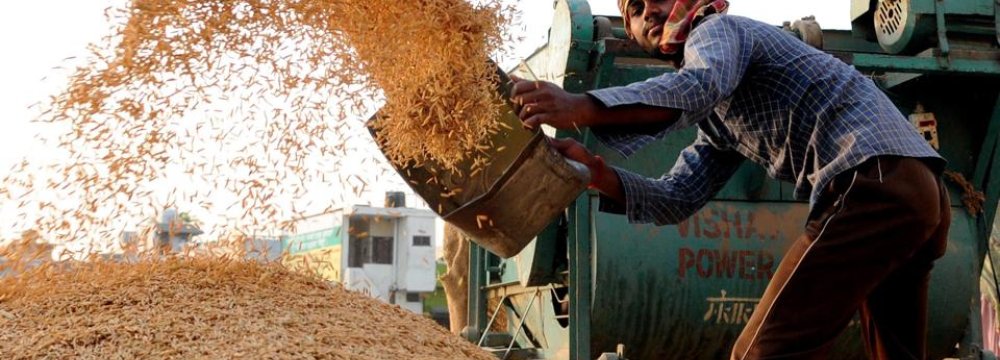
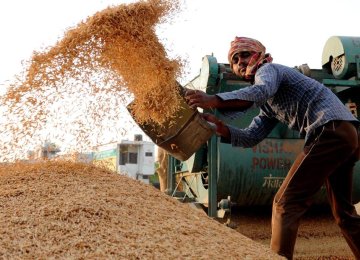
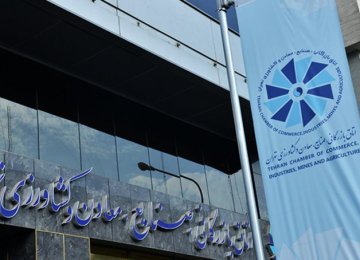
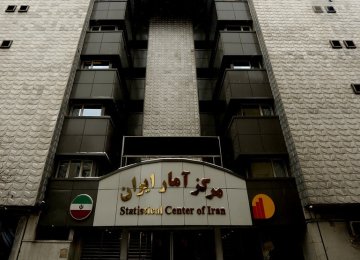
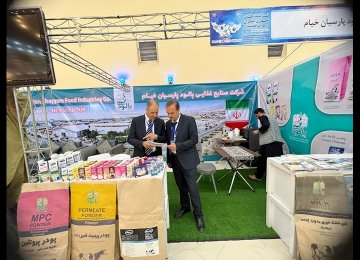
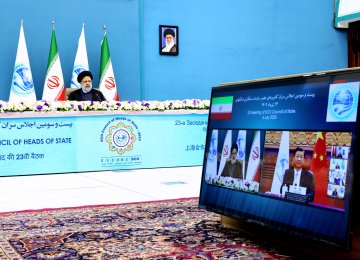


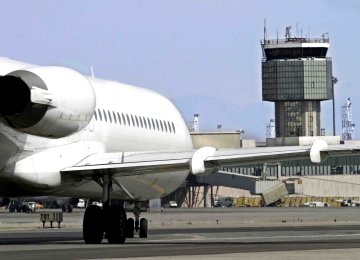


Add new comment
Read our comment policy before posting your viewpoints